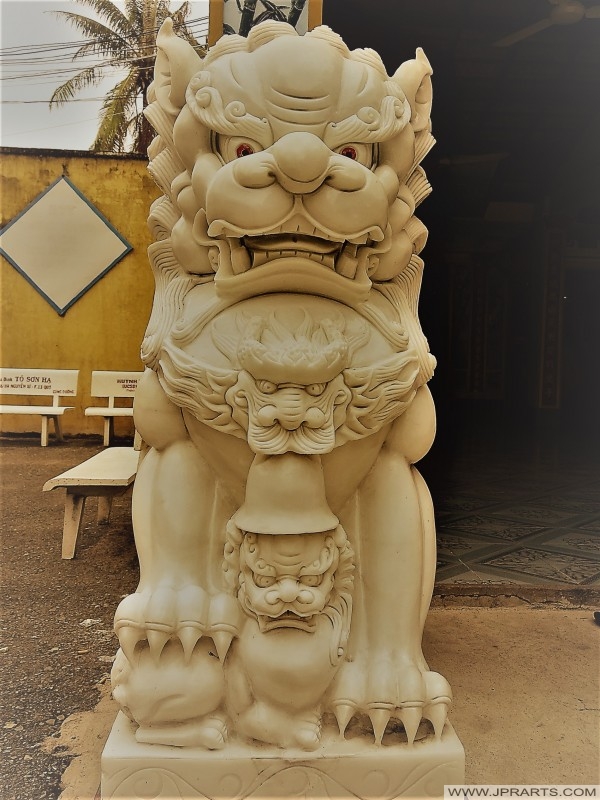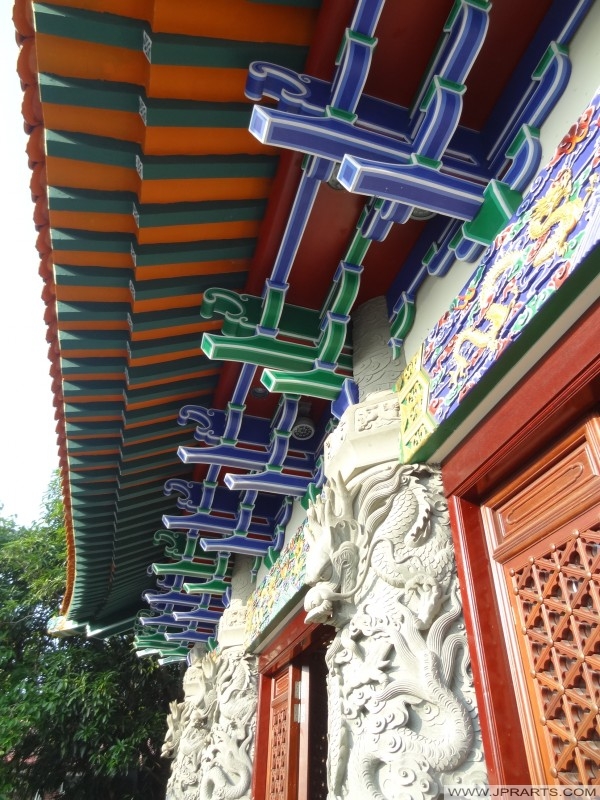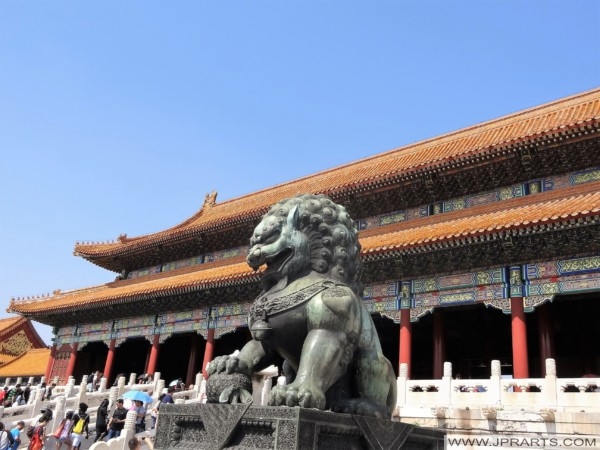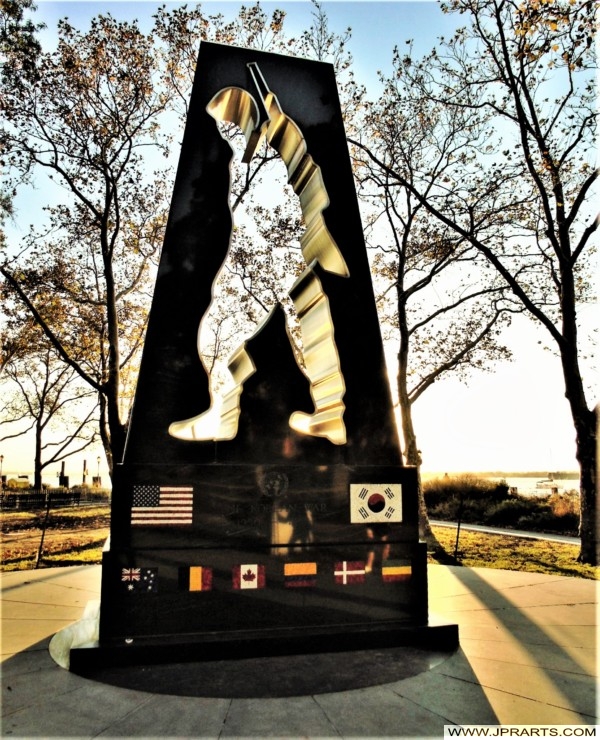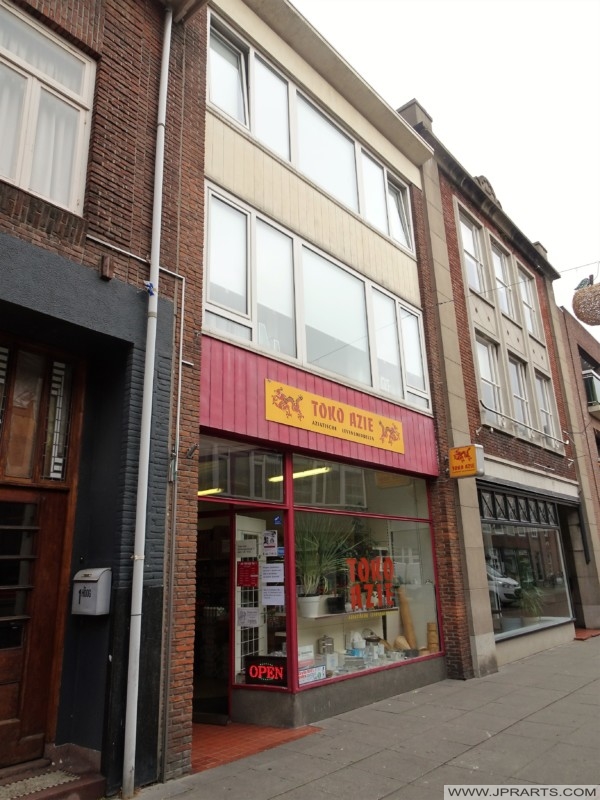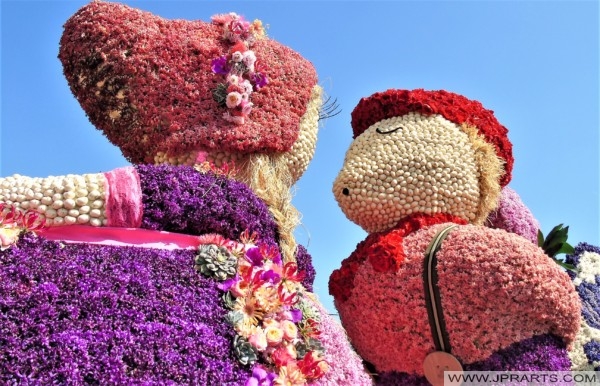The history of censers in Chinese culture probably began in the late Eastern Zhou Dynasty (770–256 BCE). The Chinese words meaning “censer” are compounds of lu (爐 or 炉 “brazier; stove; furnace”), which originated as a type of Chinese bronze. Xianglu (香爐, with “incense”) “incense burner; censer” is the most common term. Xunlu (熏爐, with “smoke; fumigate; cure (food) with smoke”, or 薰爐, with “fragrance; an aromatic grass”) means “small censer, esp. for fumigating or scenting clothing; censing basket”.
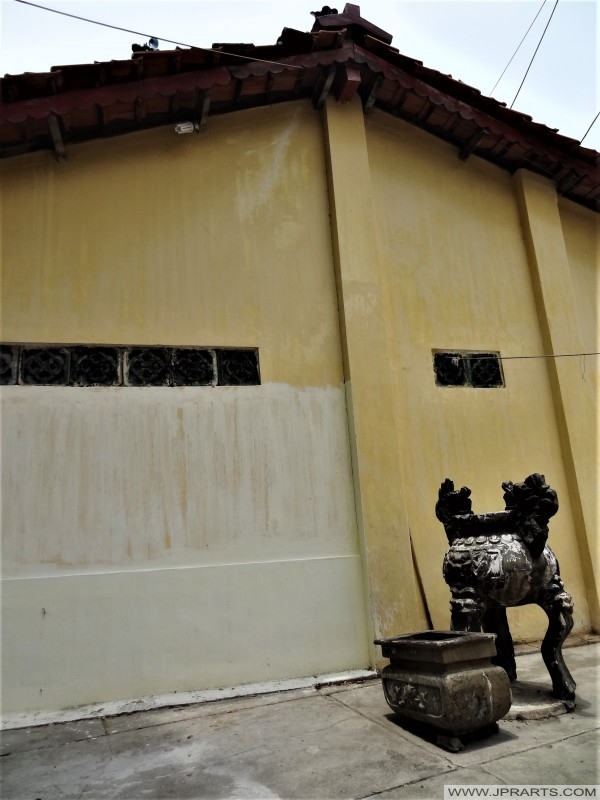
Order Digital Image 11.873 on A4 scale
Photos and Videos of Chinese Censers
Fotos und Videos von chinesischen Duftrauchbrenner
Fotos y Videos de los Incensarios Chinos
中国香炉的照片和视频
Hình ảnh và Video của kiểm duyệt Trung Quốc
Foto dan Video dari Perbaraan Cina
Фотографии и видеоролики китайских кадильниц
According to the sinologist and historian Joseph Needham, some early Daoists adapted censers for the religious and spiritual use of cannabis. The (ca. 570 CE) Daoist encyclopedia Wushang Biyao (無上秘要 “Supreme Secret Essentials”), recorded adding cannabis into ritual censers. The Shangqing School of Daoism provides a good example. The Shangqing scriptures were written by Yang Xi (楊羲, 330–386 CE) during alleged visitations by Daoist “immortals”, and Needham believed Yang was “aided almost certainly by cannabis”
中国の香炉の写真とビデオ
ภาพถ่ายและวิดีโอของเครื่องชั่งจีน
Photos et Vidéos d’Encensoirs Chinois
Visit Cheap Shopping to buy books, dvds and blurays to see and read more about this theme

